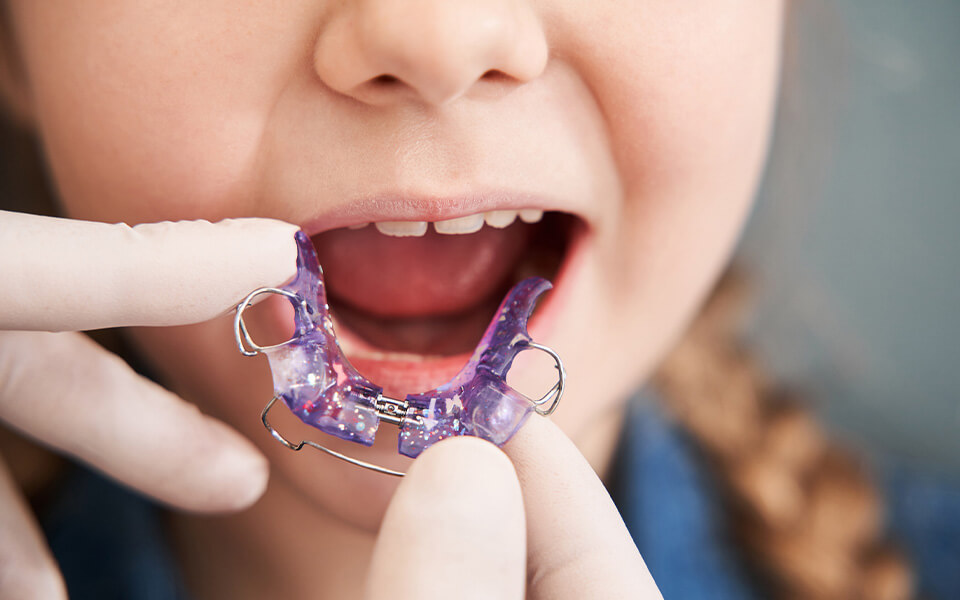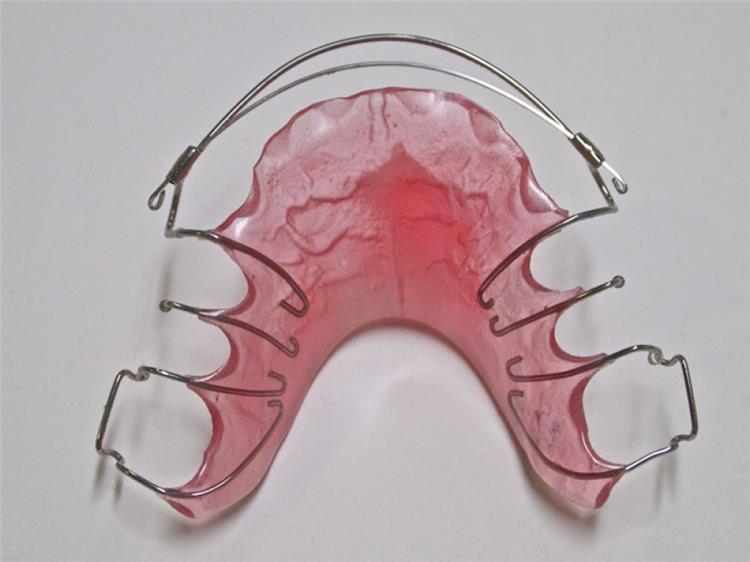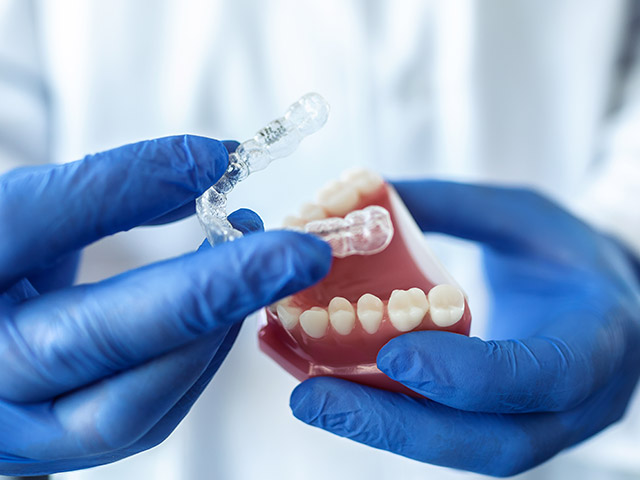Orthodontics
TIA dentico, Belgrade - Orthodontics
Orthodontic Therapy – The Path to a Proper Bite and a Beautiful Smile
Correcting misaligned teeth and improper bite in children, teenagers, and adults is successfully achieved using removable and fixed orthodontic appliances available at our clinic. Thanks to the expertise of our team and carefully selected treatment plans, each patient receives a solution that leads to healthy teeth and a harmonious smile.
The Goal of Orthodontics
Orthodontic therapy aims to correct the position of the teeth to improve both their functionality and aesthetic appearance. In addition to enhancing visual appeal, treatment also addresses various health issues – including gum disease and accelerated tooth wear caused by an improper bite.
Orthodontic solutions are effective in cases of:
- Crowded teeth or excessive spacing
- Asymmetrical tooth alignment
- Protruding teeth
- Bite misalignment
The Treatment Process – Step by Step
The first step is a detailed assessment – including a clinical examination and dental imaging. This is followed by a consultation to determine the type of orthodontic appliance, fixed or removable, based on the patient’s individual needs.
Orthodontic appliances work by applying gentle, gradual pressure to move the teeth into the desired position over time. Procedures such as check-ups, impressions, and appliance placement are painless, although mild discomfort may occur during the first few days of treatment as the patient adjusts.
Fixed Braces – Precise Therapy for a Perfect Smile
A fixed orthodontic appliance, commonly known as braces, uses brackets that are bonded to the outer or inner surfaces of the teeth. A wire runs through these brackets, enabling precise and gradual movement of the teeth into their optimal position.
Modern metal braces have been significantly improved – they are lighter and easier to maintain. Made of stainless steel, the brackets are attached to each tooth using a special dental cement. They are connected by a thin wire, which the orthodontist regularly tightens using small elastic bands to stimulate further tooth movement.
For patients who prefer a more discreet option, ceramic braces are an excellent choice. They function the same way as metal braces but use ceramic brackets that are much less noticeable.
Placing Fixed Braces – What Does the Procedure Involve?
Before placing the braces, the teeth are professionally cleaned to ensure the surface is suitable for bonding the brackets. The procedure takes about 45 minutes per arch and is not painful, although it may be uncomfortable since the mouth must remain open throughout the process without breaks.
After the braces are placed, it’s normal to experience mild discomfort – teeth may feel sensitive, and the new appliance can cause minor sores in the mouth until you adjust. Orthodontic wax can help during this period by protecting against wire friction. If headaches occur, which is sometimes the case, mild pain relievers may be recommended by your dentist.
Adjustment and Daily Care
While wearing fixed braces, a modified diet and careful oral hygiene are essential. Your dentist will provide detailed instructions on how to properly care for your braces to ensure their full effectiveness.


Removable Braces for Children – Active Appliances for Healthy Smile Development
Removable orthodontic appliances, also known as active appliances, are primarily intended for children who do not yet have all their permanent teeth. In certain cases, they can also be used for adult patients when therapeutically justified. These appliances are typically worn during the night, along with a few additional hours during the day, to achieve the desired effect.
The appliances are securely placed using wire clasps, and the active elements inside apply mechanical force to influence tooth positioning. They are custom-made for the upper and lower jaw based on a precise impression taken by the dentist. Most children quickly and easily adapt to the appliance, as it is comfortable and does not cause discomfort.
Effectiveness Through Consistent Use
For successful treatment with a removable appliance, it is essential that the appliance is worn more than it is not. It is recommended to wear it during sleep, along with mandatory additional daytime use, to properly shape the teeth and jaws.
When Are Removable Braces Recommended?
Removable appliances are most commonly used in the following cases:
- Expansion and shaping of the jaw and dental arches
- Movement of individual teeth or groups of teeth
- Guiding the growth of permanent teeth while baby teeth are still present
- Maintaining results after treatment with fixed braces
Monoblock Orthodontic Appliance – Gentle Therapy That Encourages Natural Development
Monoblock appliances belong to a special group of orthodontic devices that do not use direct mechanical force. Instead, they work by influencing muscle activity in the oral cavity through their presence. By altering muscle tone and balance, they initiate processes that affect bone, dental, and muscular structures—encouraging the desired changes.
Unlike fixed braces, monoblock devices are not rigidly attached in the mouth and can be made as a single appliance for both jaws or separately for the upper and lower jaw—though in both cases, they must be worn simultaneously.
They are custom-made in a dental lab based on impressions and a bite registration taken by the dentist. The appliance is worn during the day for as many hours as possible, and while wearing it, eating, drinking, or speaking is not possible.
When Is Monoblock Therapy Recommended?
The optimal time for using a monoblock appliance is during the phase of accelerated growth—just before puberty. This is typically between:
- 10–12 years of age for girls
- 11–13 years of age for boys
This age range is individually assessed based on detailed analyses performed by the dentist. Timely therapy during this developmental stage yields the best and most lasting results. Later use may be less effective.


Retention Splint – The Key to Preserving Orthodontic Treatment Results
After the removal of fixed orthodontic braces, the final phase of treatment begins – the retention phase, or the period of stabilization of the corrected tooth position. During this phase, a retention splint is created to preserve the achieved results and prevent unwanted tooth movement.
The duration of the retention phase is individual – a minimum of 12 months, but it can last longer depending on the type of irregularity corrected during treatment.
The Role of Retention Appliances
Retainers:
- Keep the teeth in their corrected position after treatment
- Guide the teeth toward ideal occlusion
- Prevent relapse – the return of teeth to their previous, misaligned position
During the first year, the appliance is typically worn continuously to allow for full adaptation and remodeling of the bone and gums. After that, the patient transitions to nighttime wear, which helps stabilize long-term results.
It is crucial to strictly follow the dentist’s instructions – even short periods without wearing the retainer can lead to the teeth shifting back to an undesired position.
